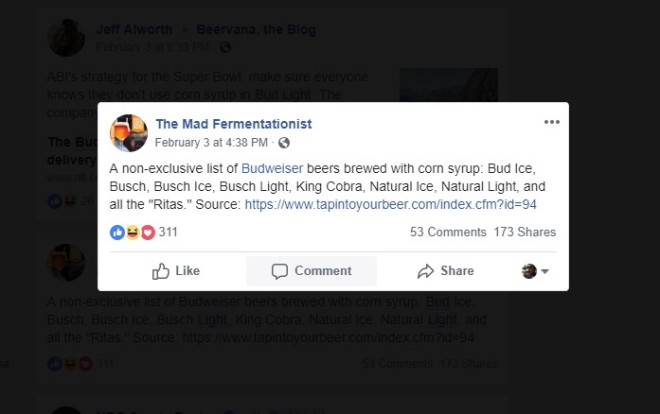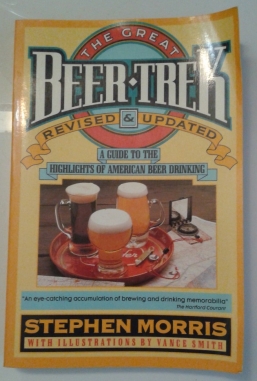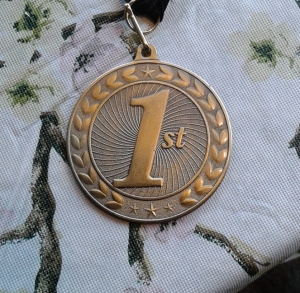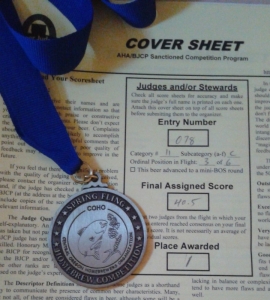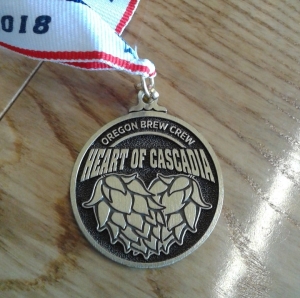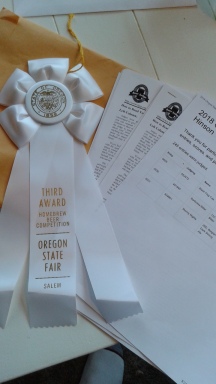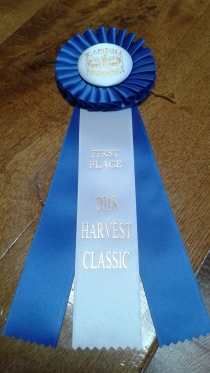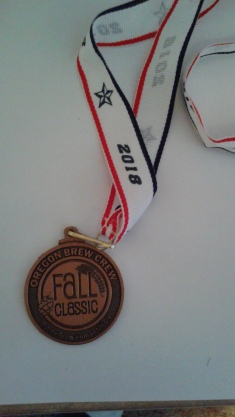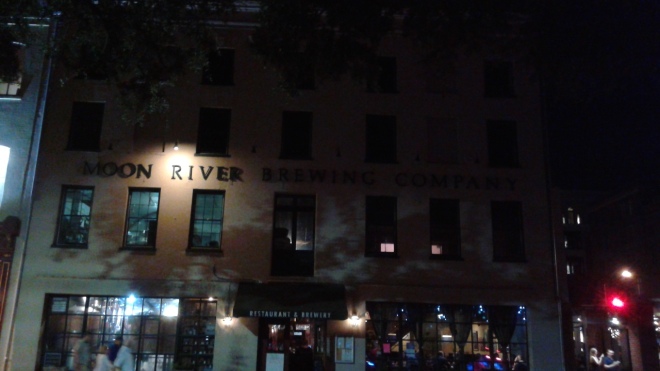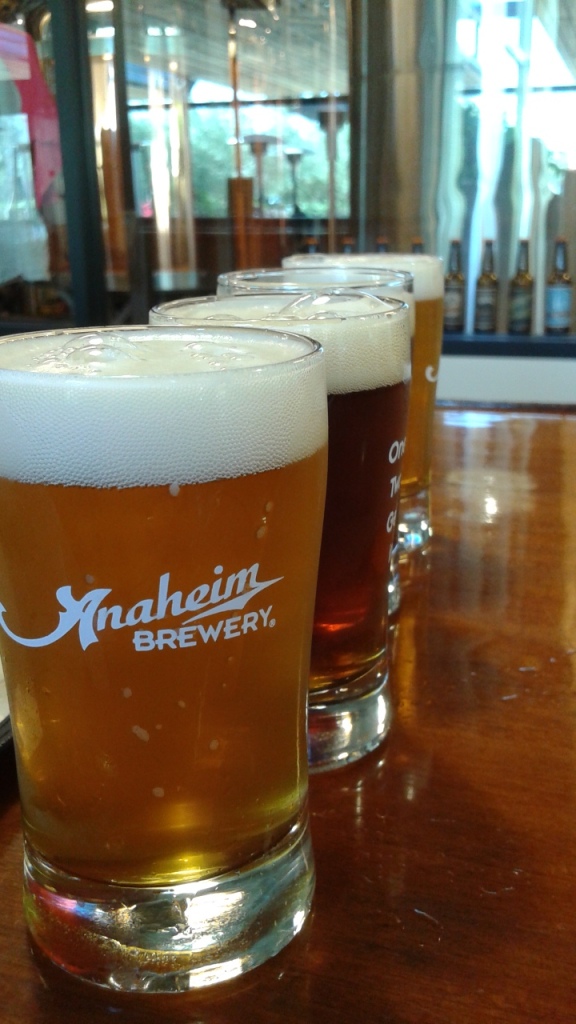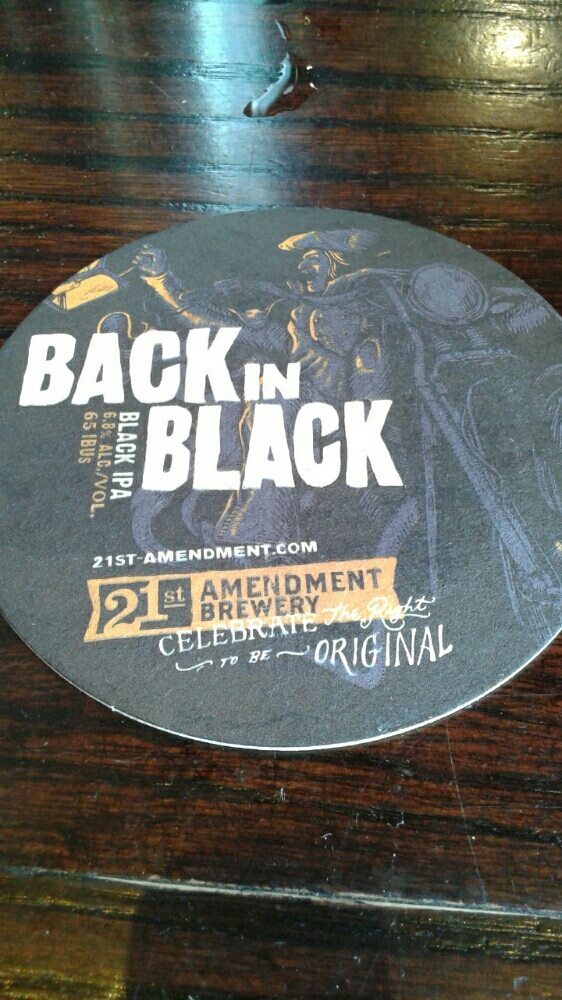I’m a little late on this post because I’ve been busy, which is basically the story of all of 2019. Both busy and not busy but in different ways.
Leadership:
In 2019, I served as the Competition Chair for the homebrew club, while my wife served as President. Needless to say, we were extremely busy with these responsibilities. Involved in planning every event, two meetings a month (board and general), running and planning two of the competitions plus the mid-year picnic and holiday party, it was a big deal. The irony is that being up to my neck in homebrew club prevented me from being a homebrewer. Fewer open weekends, so I didn’t brew as much, didn’t go to as many festivals, didn’t enter as many competitions and didn’t judge as much. It was a difficult year, but I got to stretch my boundaries and everything worked out in the end.
Brewing:
This is where this year took the hardest hit. I was only able to brew three batches this year. A batch of CDA in April for our spring IPA competition, a Norwegian style farmhouse ale in August (playing around with a new yeast strain) and then another batch of CDA in September, to be ready in time for our big competition in November. That’s it.
Competitions:
Along with not brewing much, I didn’t enter many competitions this year either. The stout that I entered in Stout Bout and the Belgian Dark that I entered in NHC and Fall Classic were 2018 brews. The CDAs and Norwegian Farmhouse got decent scores and good feedback but I didn’t win any medals this year. It felt like a bit of a letdown compared to the last two years, but of course I wasn’t entering a lot.
Travel:
2019 wasn’t quite as crazy travel-wise as 2018 was, but we still managed to squeeze in a couple small trips and one big one. We started the year with a short trip to San Francisco in January, which honestly feels so long ago I nearly forgot about it. Managed to hit up three breweries while we were there, San Francisco Brewing Co, which is right next to the Ghiradelli Chocolate shop. Primo location. Cellarmaker Brewing, which was in SOMA near our friends apartment and Half Moon Bay Brewing which was out on the coast. Apparently, I never got around to writing a blog post about this trip. That whole busy thing. In May, we took a trip down to Southern Oregon and Northern California. We set our home base in Grants Pass Oregon which gave us access to Crater Lake and the Redwoods National Park. We found three breweries in Grant’s Pass. Wild River Brewing and Pizza, Climate City Brewing and Conner Fields Brewing. In July, we took a trip up to Tacoma, Washington to get stamps at the newest McMenamins property and finish our second set of passports. While we were there, we also hit up Harmon Brewing, 7 Seas Brewing, Barhop Brewing (Port Angeles), Pacific Malting and Brewing, Odd Otter Brewing Co. and the McMenamin’s Elks Temple itself, which has a brewery. Lastly, our big trip in November was to New York City. We only made it to three breweries, two in NYC and one on our side trip to Philadelphia. We hit up Coney Island Brewing and Other Half Brewing in Brooklyn and then Yards Brewing Co. in Philly. We got to try a lot of the local stuff as well at bars and bottles from the store.
Looking Ahead:
We skipped it in 2019, but this year my wife and I will be returning to Bend for the Best of Craft Beer competition in early February. I’m looking forward to judging again this year. I’m also hoping to make it up to Seattle this year to judge the National Homebrew Competition regionals. I haven’t been able to make it before. I think judging something that big will be a good and useful experience, I’ve also heard it’s a blast. Judges go home with a ton of swag, or so I’ve been told. I’m not ashamed to admit my judging services can be “bought” with a nice lunch and a couple bottles to take home. That’s what’s so alluring about Best of Craft Beer. It’s also just a lot of fun.
I haven’t brewed yet this year, but I have a couple of ideas. I want to brew a Kolsch while it’s cold. I don’t have any temp controls, but the second bedroom gets down to about 62 if we close the door and don’t run the heat. Perfect for a cold fermented ale. I didn’t brew my strong Belgian this past year, but I’m thinking I’m might go for something lighter (at least in color) and brew a Belgian Golden Strong or a Tripel. I’m hoping for something that maybe doesn’t need to age as long and can be drunk fresh. I’m sure there will be at least two more batches of CDA down the line, gotta keep those coming for sure. Beyond that we’ll see how it goes. I have some ideas.
